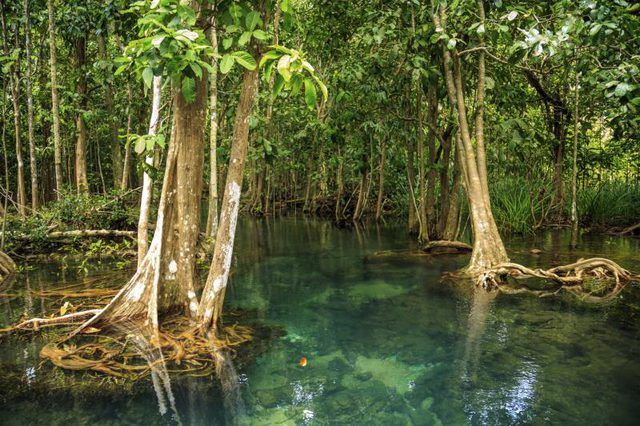Bulbs
Flower Basics
Flower Beds & Specialty Gardens
Flower Garden
Garden Furniture
Garden Gnomes
Garden Seeds
Garden Sheds
Garden Statues
Garden Tools & Supplies
Gardening Basics
Green & Organic
Groundcovers & Vines
Growing Annuals
Growing Basil
Growing Beans
Growing Berries
Growing Blueberries
Growing Cactus
Growing Corn
Growing Cotton
Growing Edibles
Growing Flowers
Growing Garlic
Growing Grapes
Growing Grass
Growing Herbs
Growing Jasmine
Growing Mint
Growing Mushrooms
Orchids
Growing Peanuts
Growing Perennials
Growing Plants
Growing Rosemary
Growing Roses
Growing Strawberries
Growing Sunflowers
Growing Thyme
Growing Tomatoes
Growing Tulips
Growing Vegetables
Herb Basics
Herb Garden
Indoor Growing
Landscaping Basics
Landscaping Patios
Landscaping Plants
Landscaping Shrubs
Landscaping Trees
Landscaping Walks & Pathways
Lawn Basics
Lawn Maintenance
Lawn Mowers
Lawn Ornaments
Lawn Planting
Lawn Tools
Outdoor Growing
Overall Landscape Planning
Pests, Weeds & Problems
Plant Basics
Rock Garden
Rose Garden
Shrubs
Soil
Specialty Gardens
Trees
Vegetable Garden
Yard Maintenance
How to Plant Mangrove
How to Plant Mangrove. Featuring unusual branch and root structures and tolerating salty or brackish water, 80 species of mangroves belonging to many plant genera live in subtropical and tropical coastal areas of the world. Perhaps the most widely grown species is red mangrove (Rhizophora mangle), which is hardy in U.S. Department of Agriculture...

Featuring unusual branch and root structures and tolerating salty or brackish water, 80 species of mangroves belonging to many plant genera live in subtropical and tropical coastal areas of the world. Perhaps the most widely grown species is red mangrove (Rhizophora mangle), which is hardy in U.S. Department of Agriculture plant hardiness zones 10 through 11. Use red mangrove in landscaping, habitat renewal and an indoor marine aquarium. Start red mangrove plants from cylindrical propagules, which are seedlings that sprouted from seeds still on a tree.
Propagule Considerations
Red mangrove propagules last several months to about one year without rooting. They are 6 to 12 inches long, light green when immature and dark green to brown when ready to root. A propagule's top ends in a sharp point and contains new leaves; a propagule's bullet-shaped bottom end grows roots. If you store the propagules before planting them, then keep them cool and dry, and don't allow their top or leaf ends to touch anything because that action prompts rooting. Plant a propagule by putting its bottom end 2 to 3 inches deep in soil that is covered by shallow, brackish water or salt water. Space multiple propagules 3 to 5 feet apart.
Soil Conditions
Red mangrove tolerates a number of soil types but grow faster in peat, clay or silt than they do in sand. If the area where you planted propagules has strong wave action, winds or high foot traffic, then protect the plants with strategically placed stones, bricks or wire mesh strips formed into accordion pleats to buffer the seedlings until they root firmly. If you use wire mesh strips, then push each strip's bottom edges into the soil so the strips won't wash away.
Water Salinity
The amount of salt contained in the water overlying the soil is important for seedling establishment. Red mangroves tolerate a wide range of water salinity, from brackish water, which contains low salt levels, to sea water, which contains more salt. Mangrove propagules are used to the same salinity of water as the water in which the trees that produced them grow. So try to obtain propagules that match the salinity level of the area in which you want to plant them.
Water, Light and Fertilizer
If you want to plant red mangrove in a coastal habitat, then place the propagules in a site that receives full-sun exposure. If you want to plant red mangrove in an indoor marine aquarium, then provide the propagules with bright light from daylight-spectrum bulbs. Watering the seedlings isn't necessary when they are planted in a coastal or marine environment. Red mangroves get all the nutrients they need from the soil and water in which they grow, including in an aquarium. So fertilizing them isn't necessary. If they are aquarium plants, then spray their leaves regularly with fresh water.
Root Structure
Red mangroves grow aerial prop roots when sprouted in aquarium water rather than in an underwater container. If you want an aquarium red mangrove to produce prop roots, then use flexible plastic garden tape to tie a propagule gently to a piece of rigid air-line tubing that is about 12 inches taller than the aquarium tank's water level. The bottom one-third of the propagule should be beneath the water. As roots and leaves form, retie the seedling gradually higher on the rigid tubing so the plant forms prop roots. If prop root development isn't desired, then root the propagule in a container of sand that is saturated with water of the same salinity as the aquarium's water.